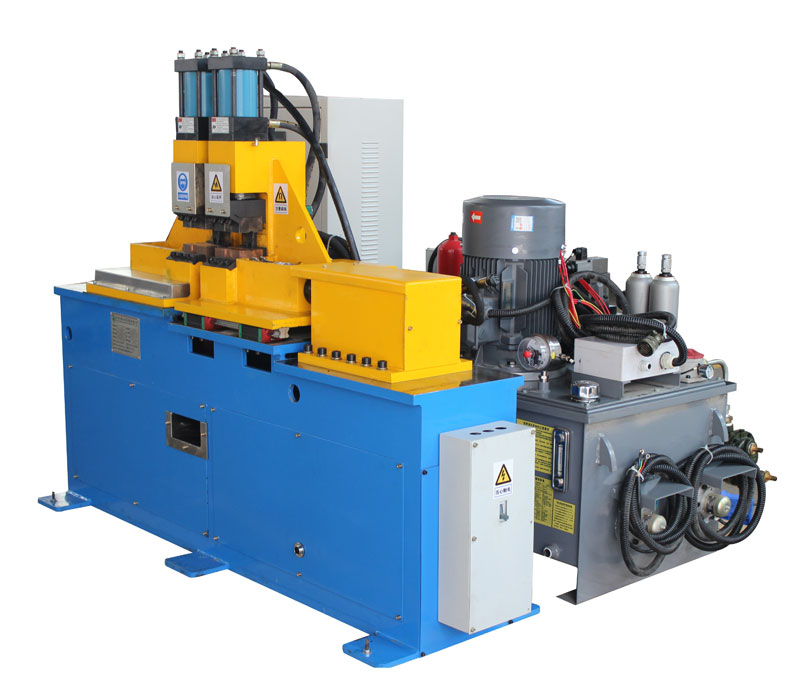Flash butt welding is a versatile and efficient welding process widely used in various industries. These machines possess unique structural features that enable them to deliver high-quality, reliable welds. In this article, we will delve into the key structural characteristics of flash butt welding machines and their significance in the welding process.
- Welding Head: The welding head is the heart of the flash butt welding machine. It consists of two electrode holders that grip the workpieces to be welded. These holders are highly adjustable, allowing for precise alignment and contact between the workpieces. The controlled application of pressure is essential to the welding process, and the welding head’s design ensures a uniform distribution of force.
- Flashing Mechanism: Flash butt welding derives its name from the initial “flash” or spark that occurs when the workpieces make contact. This flashing mechanism is a critical component, responsible for initiating the welding process. It involves the controlled discharge of electrical energy between the workpieces, generating the required heat for welding.
- Clamping System: To ensure a secure and stable welding operation, flash butt welding machines employ a robust clamping system. This system firmly holds the workpieces in place during the welding process, preventing any misalignment or movement. The clamping system’s design allows for quick and easy setup, reducing downtime between welds.
- Control Unit: Modern flash butt welding machines are equipped with advanced control units that provide precise control over the welding parameters. These units monitor variables such as temperature, pressure, and time, ensuring the welding process adheres to the specified standards. The control unit’s capability to make real-time adjustments contributes to consistent, high-quality welds.
- Cooling System: Flash butt welding generates substantial heat during the welding process. To prevent overheating and maintain the machine’s longevity, an efficient cooling system is integral. This system circulates coolant through the welding head and other heat-sensitive components, effectively dissipating excess heat.
- Force Feedback System: Flash butt welding machines often feature a force feedback system that measures the force applied during the welding process. This feedback helps in controlling and optimizing the pressure exerted on the workpieces, which is crucial for achieving strong and durable welds.
- Safety Features: Safety is of paramount importance in any welding operation. Flash butt welding machines are equipped with various safety features, including emergency stop mechanisms, interlocks, and protective enclosures to safeguard both the equipment and the operators.
In conclusion, the structural characteristics of flash butt welding machines play a vital role in their ability to produce high-quality welds consistently. These machines are designed with precision, focusing on elements like the welding head, flashing mechanism, clamping system, control unit, cooling system, force feedback, and safety measures. Understanding and appreciating these structural features is key to maximizing the potential of flash butt welding in various industrial applications.
Post time: Oct-30-2023



